Disclosure: This post may contain affiliate links. I earn a small commission when you click a link and make a purchase. Thanks for supporting SewingSociety.com!
Sometimes it’s hard to find the perfect curtains for your space — stores have a limited selection and they only sell standard sizes. Luckily, sewing your own curtains is easy. It only involves straight sewing.
Do you want to learn how to make lined curtains to customize your space? This post shows you how to measure your window and then sew lined curtain panels with a casing at the top. I hope you find it useful!
If you need video instructions, you can try a class on Craftsy called, “Sewing Custom Curtains & Draperies” by Susan Woodcock.
Contents
Step 1: Calculate How Much Yardage You’ll Need for Your Curtains
Before heading off to the fabric store, measure your window and calculate how much fabric to buy. Hang your curtain rod before you take your measurements! It makes calculating your fabric yardage a lot easier. If you’re not sure about the proper placement of curtains, read Nadine Stay’s post on the Do’s and Don’t of Curtain Placement.
Your curtain rod should be placed at least four inches above your window frame and your brackets should be that same distance or farther from the outside edges of your window frame. Please note that the “brackets” are what hold up your curtain rod. That is where your fabric will stop. The “finials,” or “end caps,” are the decorative ends of your curtain rod that will always be exposed. You will be measuring the width of your curtains based on the position of your brackets on the wall.
After you’ve hung your curtain rod, measure the distance between both of the brackets that hold up the rod. You’ll want your curtains to be wider than this measurement, so multiply it by 1.5. Now, if you want to create two window panels, divide your number in half to know how wide you want each piece of fabric for each panel. This number doesn’t matter too much when calculating your yardage unless it is greater than 45 because fabric comes in 45-60 inch widths. If you need more than 45 inches to create one panel, you’ll need to use more than two curtain panels for your window. This is a rare problem that you probably won’t encounter unless you’re making curtains for a huge window.
The measurement you really care about for calculating fabric yardage is the length you want your curtain panels. After you’ve measured your curtain width, measure from the top of the curtain rod to the location where you want your lined curtains to fall. Then, add 6 inches. This gives you space at the top of your curtain panel for a 4-inch casing and space at the bottom for a 2-inch hem.
The length measurement is what you look at to calculate how much fabric yardage to buy to sew lined curtain. Take the length you need and multiply it by the number of curtain panels you want to make (usually 2). This gives you the yardage you need to sew your lined curtains. You need to buy the same amount of fabric for your lining fabric as you do for the main fabric of your curtain panels.
Make sure to buy a little extra fabric if you choose fabric with a directional print. That way you can make sure your curtain panels match when you cut out your fabric.
If these calculations confuse you, Better Homes & Gardens has a better explanation.
Note: If you’re sewing curtains for more than one window, measure each window separately. Most windows are not standard sizes.
Step 2: Choose Fabric for Your Curtains
When choosing fabric for curtains, think about more than the color you want. Also look at fabric weight, drape, and nap. I suggest you choose a cotton, linen, or upholstery fabric for best results
If you want to make blackout curtains, use blackout fabric for the lining — It’s not as expensive as it sounds.
The curtains in this tutorial were made from cotton. My sister-in-law chose the fabric to match her nursery. It has cute elephants with pink lettering. If you’re interested, this Harper Nursery fabric came from JoAnn.com.
Step 3: Cut Your Fabric
Double check your measurements before cutting into your fabric. Also, iron your fabric before cutting to ensure crisp lines. Then, use a rotary cutter or make long snips with fabric scissors to cut out two matching curtain panel pieces and two lining pieces that are all the same size.
Step 4: Pin and Sew the Side Seams and Top Seam
With right sides together, pin your front piece to your lining piece. Using a 1/2-inch seam allowance, sew all the way up one long side, pivot your needle and sew across the top of your curtain panel, and then pivot again and sew all the way down the other long side. This creates a pillowcase shape where three sides are sewed and the bottom is open.
Step 5: Clip and Turn Curtains Rigth Side Out
Cut the corner edges where your seams pivot at a 90-degree angle. Be careful not to clip through your seams. Then, turn your curtain panel right side out and iron the edges to make them crisp. After pressing, topstitch along all three closed edges. Repeat these steps for the other curtain panel.
Step 6: Create a Casing (Rod Pocket) at the Top
You need a casing at the top of your curtain panels because this is how you place them on your curtain rod. Some curtains use tabs and others use rings. For this lined curtain tutorial, I chose a simple casing. It is the easiest way to make curtains and I think it looks great.
To create the casing, fold the top edge of your curtain panels down 4 inches towards the lining and press in place. Then, sew along the edge of the fold, making sure to backstitch at the beginning and end of each seam.
If you don’t like the uneven, scrunched look of curtains with a casing, you can buy rod loop tape. It is a strip of evenly-spaced loops that you can sew to the top of your curtains. This way your fabric pleats more evenly when your curtains are pulled opened.
Step 7: Hem Your Curtains
To hem your curtains, fold the bottom edge of your curtain panels up 1/2 inch towards the lining and press in place. Then, fold the bottom edge up again 1.5 inches. Sew along the edge of the fold, making sure to backstitch at the beginning and end of each seam.
If you’re using lightweight fabric, you may want to sew curtain weights into the hem of your curtains. This will make your curtains drape more evenly.
Sometimes it’s easier to place your curtain panels on your rod and then mark where you want them to end up. This will help you adjust how far you turn up the bottom edge to create your hem. This method works best when sewing floor-length curtains. Ideally, floor-length curtains should land 1/2 to 1 inch from the floor.
Step 8: Hang Your Curtains
Feed the curtain rod through the casing on your curtain panels. Then, hang or attach the curtain rod to the brackets on your wall. Step back and admire your handywork.
Did you use this tutorial to create lined curtains? If so, please share photos of your project in the comments below.
Share this post on Pinterest!


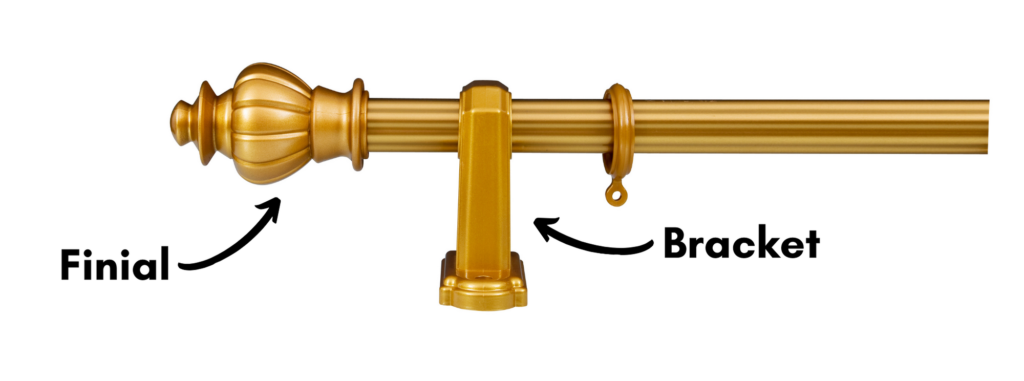
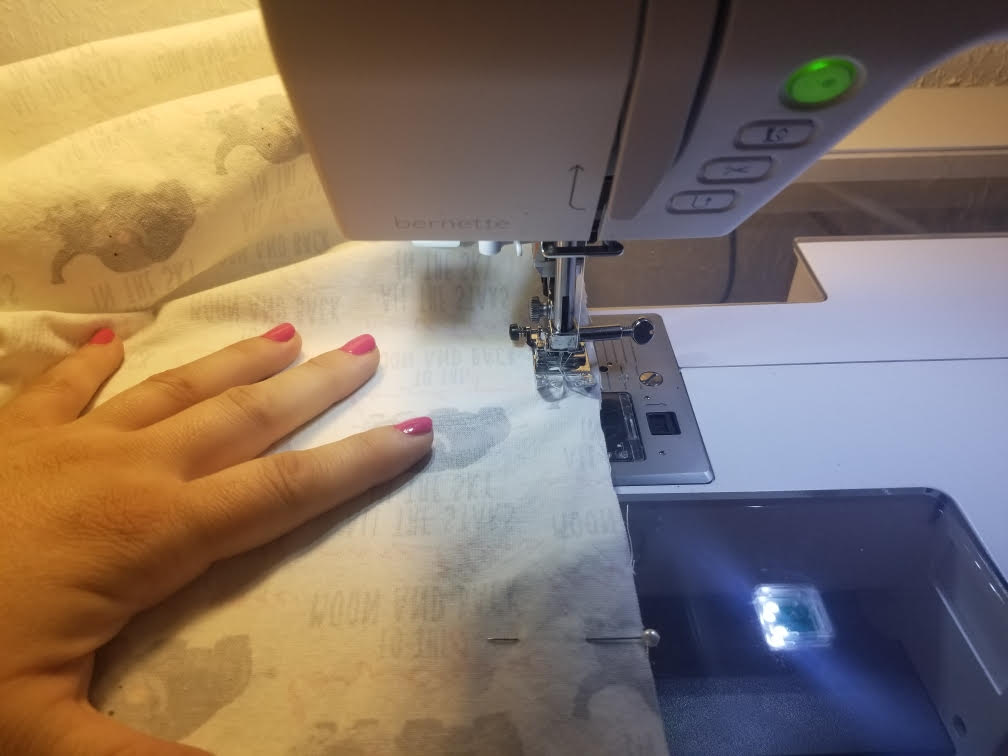

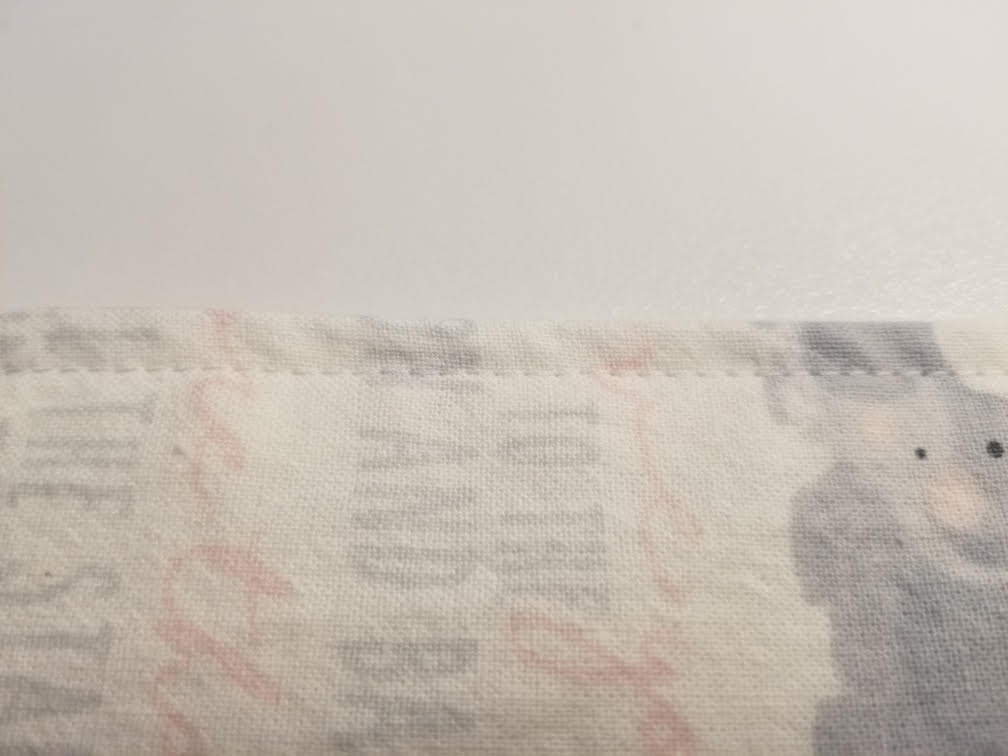
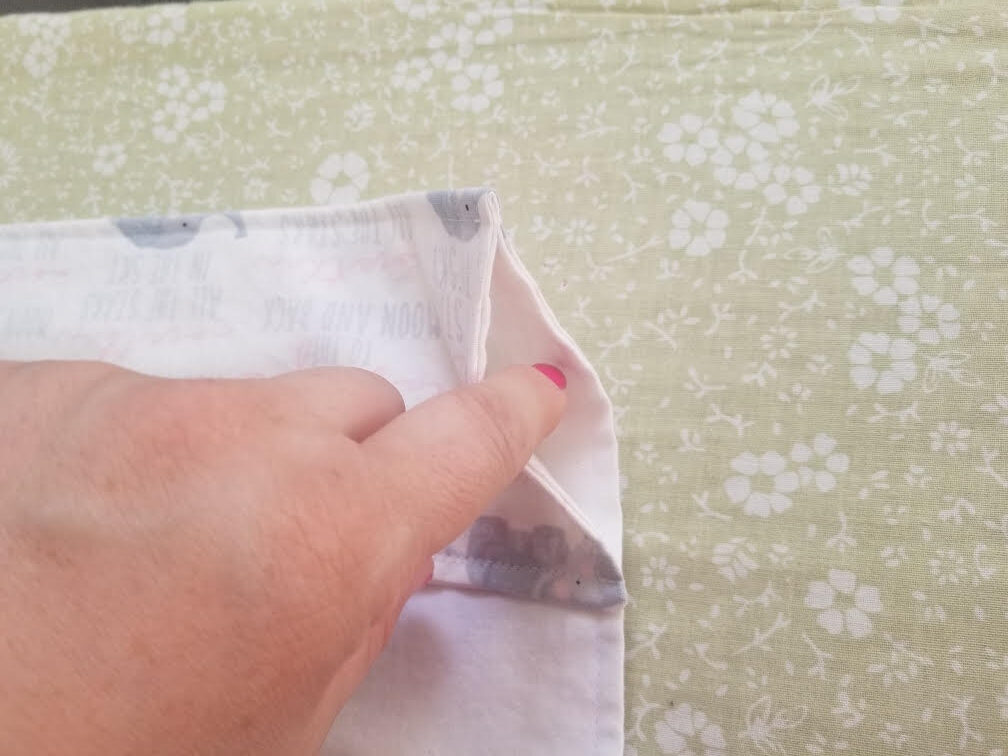
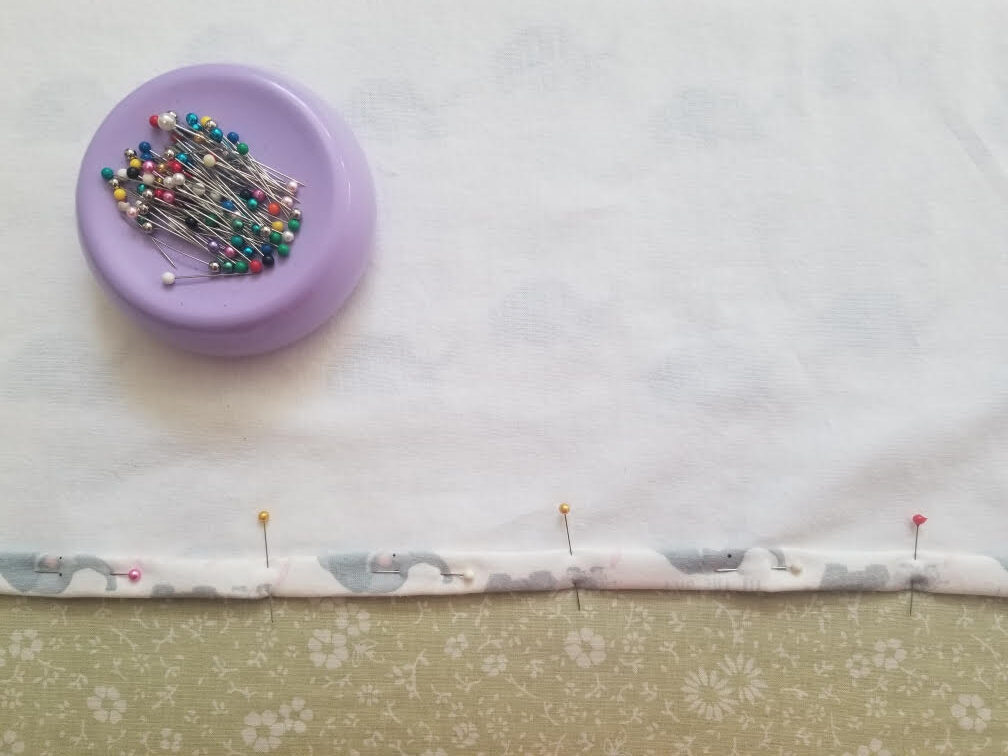
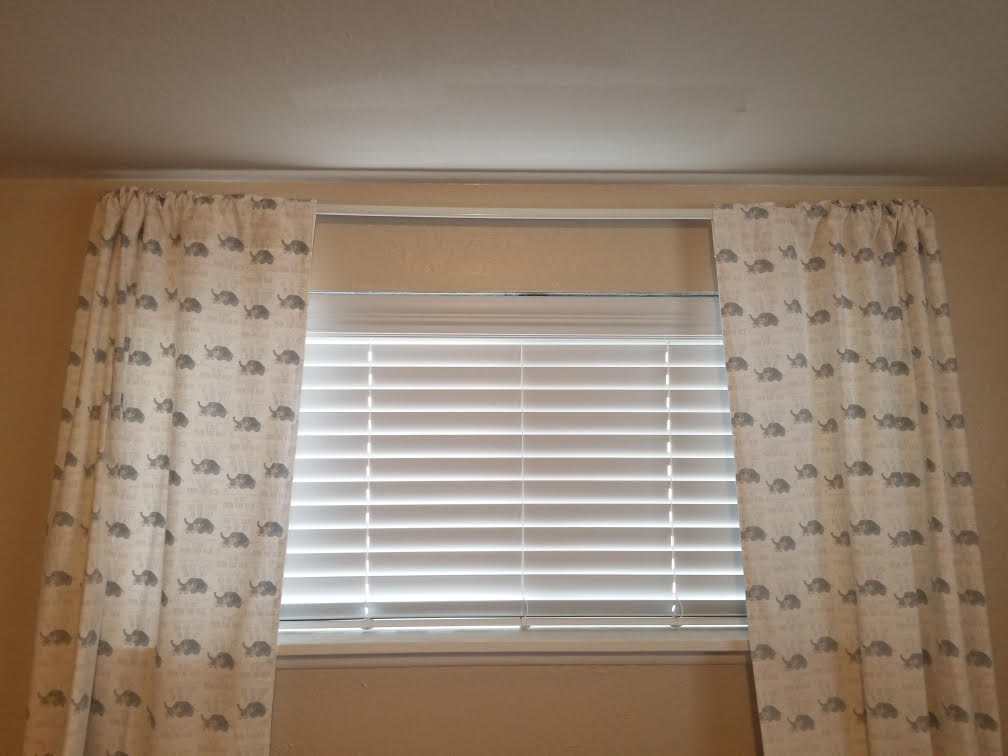




One Comment on “How to Sew Lined Curtains”